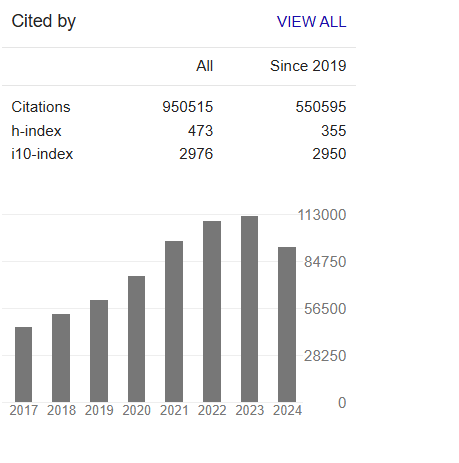Value Adding Innovations in Sanitation
Abstract
Yoram Krozer, Tinus Vos and Mira Krozer
Conventional sanitation based on long transport of wastewater in sewage and multistage wastewater treatment prevents health and environmental impacts but it is costly. Two innovations in sanitation, which comply with high health and environmental standards and reduce costs are presented. A social innovation led by a farmers’ association reuses effluent on a regional scale. After municipal wastewater treatment effluents are transported to reservoirs for additional biodegradation and reuse for irrigation. About 30% of the annual costs are saved compared to the conventional sanitation but regulations and organizational challenges impede dissemination of this systems. A technological innovation led by social entrepreneurs and non-governmental organizations refers to the decentralized sanitation with biodigesters and constructed wetlands. A vertical flow helophyte system, certified for the highest health and environmental standards, is used for sanitation of a few million person equivalents in households, services and industries. The costs are reduced by 40% compared to the conventional sanitation and can be beneficial when scale is large and co-benefits are attained but they need much space. The innovative citizen’s initiatives can be encouraged given low institutional interest for innovative sanitation.



